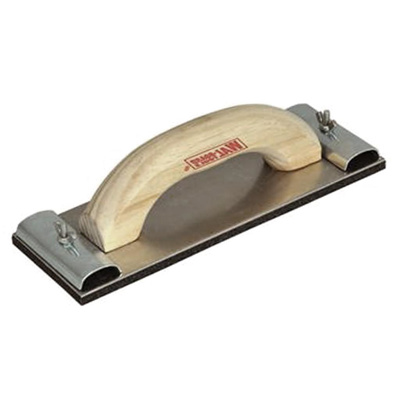- Joined
- Aug 18, 2017
- Messages
- 99
- Reaction score
- 30
I am starting work on my first 6 inch fiberglass kit. After checking the tube ends for square I found they need a little work. On smaller diameter tubes this is no big deal but thought it may not be so easy on this one. So I thought I would see what methods other members use.
Thanks,
Jeff
Thanks,
Jeff










